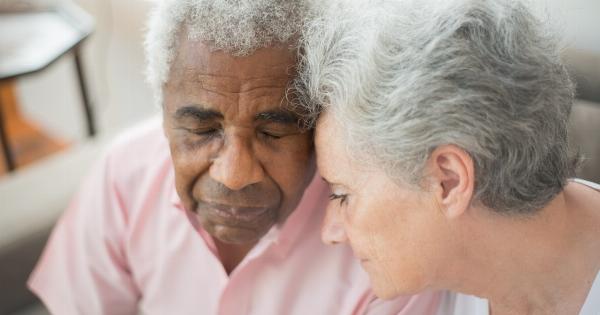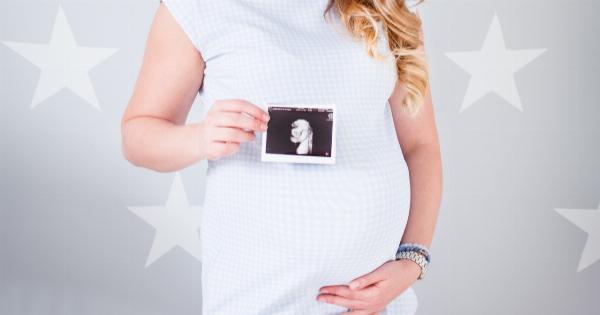After giving birth, many women experience postpartum hair loss, a condition characterized by excessive hair shedding.
While it can be alarming to see clumps of hair in the shower drain or on your hairbrush, postpartum hair loss is a normal and temporary phenomenon. Understanding the causes, timeline, and remedies for postpartum hair loss can help ease concerns and provide reassurance during this phase.
What Causes Postpartum Hair Loss?
During pregnancy, estrogen levels in a woman’s body are significantly elevated, which prolongs the growing phase of hair follicles and reduces the rate of hair shedding. As a result, pregnant women often enjoy thicker, luscious hair.
However, after delivery, estrogen levels plummet and return to normal, causing the hair follicles to enter a resting phase. This sudden shift in hormone levels triggers excessive shedding, leading to postpartum hair loss.
When Does Postpartum Hair Loss Occur?
Postpartum hair loss typically occurs between three and six months after childbirth. This delay is due to the fact that hair follicles have a natural hair growth cycle, and it takes some time for the effects of hormonal changes to manifest.
The shedding phase can persist for several months but usually resolves within a year of giving birth.
Is Postpartum Hair Loss Common?
Yes, postpartum hair loss is a prevalent condition that affects up to 50% of women. It can occur regardless of whether you had a vaginal delivery or a C-section, and it may affect women who breastfeed as well as those who do not.
Factors like genetics, hormone levels, and overall health can influence the severity and duration of postpartum hair loss.
Managing Postpartum Hair Loss
While postpartum hair loss cannot be entirely prevented, there are ways to manage the condition and minimize its impact:.
1. Eat a Nutrient-rich Diet
Ensuring you consume a balanced diet rich in vitamins and minerals can support hair health. Focus on foods that are high in protein, such as lean meats, fish, eggs, and legumes, as well as fruits, vegetables, and whole grains.
2. Stay Hydrated
Drink plenty of water to keep your body hydrated. This helps maintain the health of the scalp and hair follicles.
3. Be Gentle with Your Hair
Avoid excessive brushing, styling, or heat treatments that can further stress the hair. Use a wide-toothed comb or a brush with soft bristles to minimize breakage.
4. Consider a Shorter Hairstyle
Opting for a shorter haircut can make hair loss less noticeable. Additionally, shorter hair is generally healthier and easier to manage during this time.
5. Practice Stress Management Techniques
Stress can exacerbate hair loss, so it’s crucial to find ways to relax and manage stress levels. Engage in activities like yoga, meditation, or deep breathing exercises to promote mental well-being.
6. Talk to Your Healthcare Provider
If you are concerned about the severity or duration of your postpartum hair loss, consult your healthcare provider. They can assess your individual situation and offer guidance or recommend further tests if necessary.
When Should You Seek Medical Help?
While postpartum hair loss is considered normal, there are instances where it may warrant medical attention. You should consult your healthcare provider if:.
1. Hair Loss Persists Over a Year
If your hair loss continues beyond a year after giving birth, it’s advisable to seek medical advice. While it may still be a normal variant, a healthcare provider can rule out underlying medical conditions that may contribute to hair loss.
2. You Experience Bald Patches or Itchy Scalp
If you notice distinct bald patches or develop an itchy scalp along with hair loss, it’s essential to get a professional evaluation.
These symptoms can indicate underlying conditions like alopecia or scalp infections that require medical intervention.
3. You Have Other Concerning Symptoms
If you experience additional symptoms alongside hair loss, such as fatigue, weight loss, or changes in your menstrual cycle, it’s crucial to discuss them with your healthcare provider.
These symptoms may be unrelated to postpartum hair loss and could indicate other underlying health issues.
Conclusion
Postpartum hair loss is a common and temporary condition that occurs due to hormone fluctuations after childbirth.
While it can be distressing to witness excessive hair shedding, implementing healthy lifestyle habits and stress management techniques can help minimize its impact. Remember, if you have any concerns or the hair loss is severe and prolonged, consulting with your healthcare provider is always a wise decision.





















